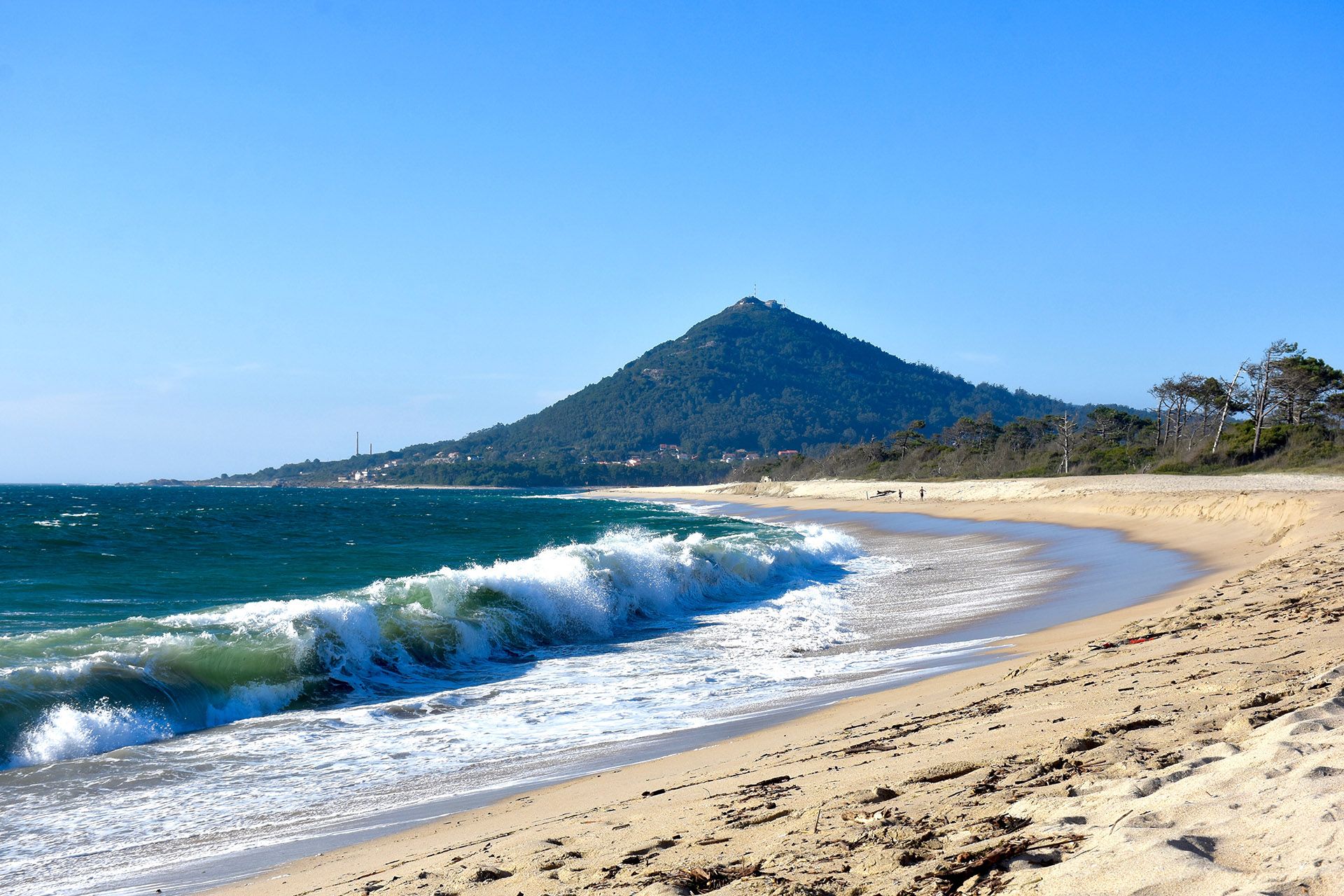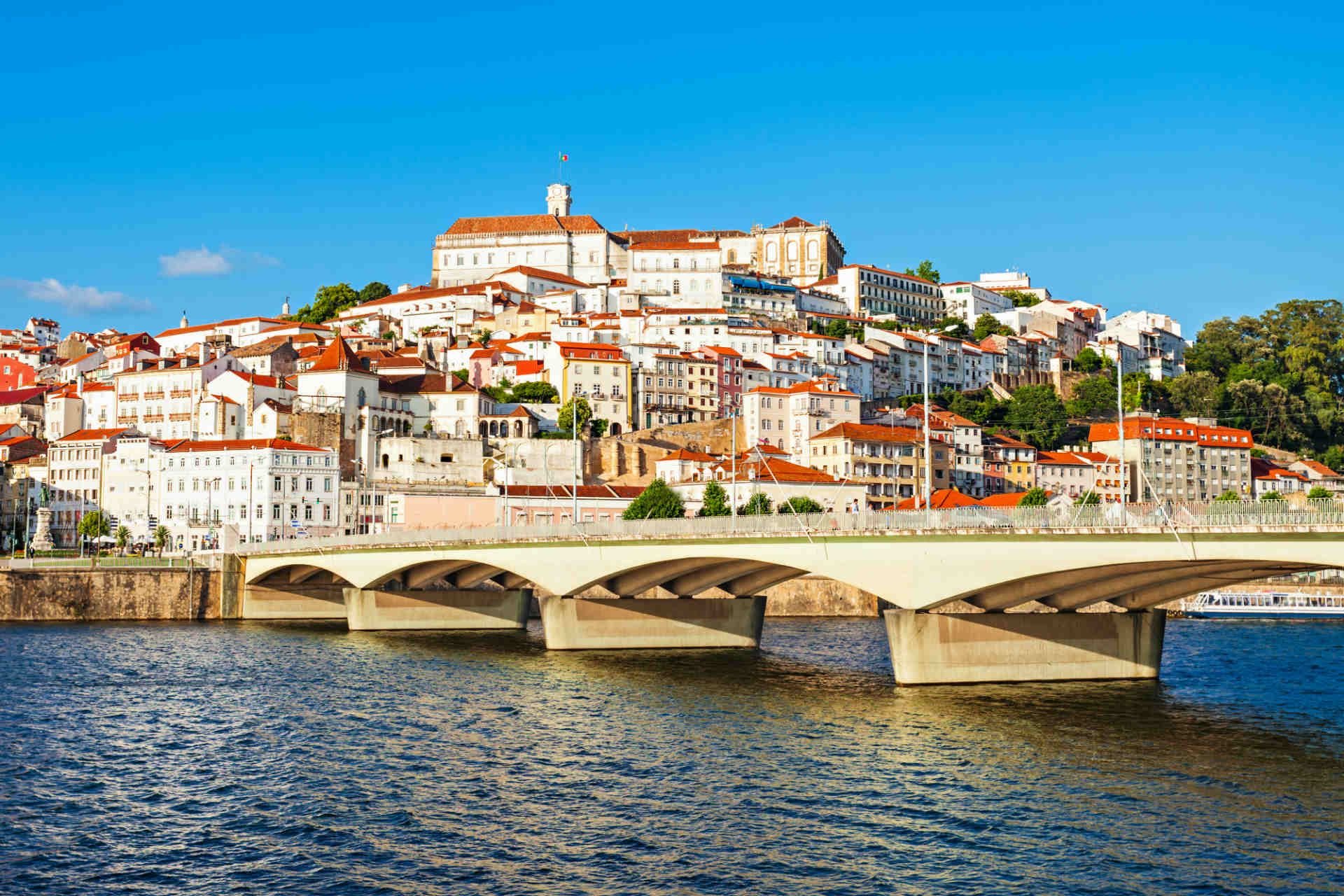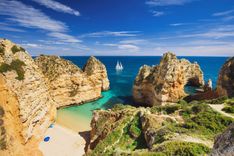3. Lisbon to Setúbal and Arrábida
Head south across the 25 de Abril Bridge from Lisbon to get into the quieter, nature-heavy region around Setúbal and the Arrábida mountain range.
This drive brings you to limestone cliffs, forested hills, and quiet stretches of beach with clear, calm water. In Setúbal, you’ll find a working fishing town known for grilled fish and choco frito (fried cuttlefish).
If you continue toward the coast, you’ll reach beaches like Portinho da Arrábida and Galapinhos, tucked below steep cliffs. The region is also known for hiking and wine production, especially around the village of Azeitão. This is easily one of the best road trips in Portugal for the landscapes, and is great route for hitting some of Portugal's best beach towns.
How to drive from Lisbon to Setúbal and Arrábida
Start by driving south from Lisbon over the 25 de Abril Bridge and take the A2 highway. Exit toward Setúbal, then continue on the N10 and follow signs into town. From Setúbal, take the N379-1 into Arrábida Natural Park. This winding coastal road leads past scenic viewpoints and down to several beach access points.
For a longer loop, continue west toward Azeitão, then circle back to Lisbon via the N10 or A2. If you're not sure how long to stay, see our guide to how many days to spend in Lisbon.
When to take this route
Late spring (May–June) and early fall (September) are great times to go—warm enough for swimming but generally quieter than peak summer.
July and August bring more people and make parking harder, so plan ahead or go early in the day. Weekdays are usually more relaxed than weekends. In winter, it’s too cold for swimming, but hiking is still doable, and the scenery is dramatic under overcast skies.





















